Secretary of State Antony Blinken concluded his long-awaited trip to Beijing earlier this week after months of speculation on whether his visit would be rescheduled after its postponement following the Chinese spy balloon crisis this past February. Despite harsh rhetoric from Beijing leading up to the visit, it seems Chinese leaders were just as keen as their American counterparts to restore high-level exchanges to stabilize the bilateral relationship.
In Beijing, Blinken met with Chinese Foreign Minister Qin Gang; China’s top diplomat, Wang Yi; and President Xi Jinping. While only those who were present at the meetings can attest to what was actually said in the room, the Chinese press releases of the exchanges indicate a clear division of labor among the three Chinese leaders. The Blinken-Qin meeting is described in the least polemical, business-like tone. The Chinese press release includes a list of agreements between the two sides such as a follow-up visit to the United States by Qin, the resumption of issue-specific working groups, and the expansion of people-to-people exchanges and passenger flights between the two countries. The pragmatic tone used to portray the exchange between the two officials makes sense given Qin, as the head of the Foreign Ministry, will likely manage follow-on exchanges with the Biden administration.
In contrast, Wang was clearly designated as the scolder-in-chief. In the Chinese readout of his meeting with Blinken, Wang is quoted listing Washington’s transgressions, including hyping up the “China threat,” “suppressing China’s scientific and technological advances” through “illegal unilateral sanctions,” and “interfering in China’s internal affairs,” particularly around Taiwan. While Wang’s talking points are in part nationalistic grandstanding, his argument that the United States is squarely to blame for the deterioration of bilateral relations is a widely shared view in China — precisely the opposite of how many Americans assess the situation today.
Finally, Xi’s role was to play the great statesman. The two pictures released by the Chinese Ministry of Foreign Affairs show Xi smiling benevolently at Blinken while shaking his hand and sitting at the head of a long table with U.S. officials looking toward him as he speaks. According to the Chinese readout, Xi lectured Blinken that competition “does not represent the trend of the times” and that it would not help “solve America’s own problems or the challenges facing the world.” The Chinese president also expressed that China does not seek to challenge or displace the United States and called on Washington to respect China’s “legitimate rights and interests” in turn. Xi’s public talking points were crafted to impress upon the world that while Beijing is willing to live harmoniously with the United States, Washington’s rejection of “a rational and pragmatic attitude” toward China is ultimately preventing the improvement of relations.
As with any government’s press releases, the Chinese readouts are crafted with multiple objectives and audiences in mind, including reassuring citizens that their leaders represented China’s interests, as well as signaling to the members of the bureaucracy that it is now acceptable to reengage with their American counterparts. The readouts are also intended to convey Beijing’s positions and expectations to Washington and the rest of the world. They thus offer insights into the challenges and opportunities that are likely to arise as the two sides seek to build upon the diplomatic momentum in the coming months and look toward a potential Biden-Xi meeting in San Francisco on the sidelines of the Asia-Pacific Economic Cooperation Leaders’ Summit this November.
One area of agreement to be found in both the U.S. and Chinese readouts was a desire to expand on the agenda set by the two presidents at Bali last November. But the American and Chinese positions quickly diverged beneath that broad banner. The U.S. readout of the trip noted that the two sides had agreed to “continue discussions on developing principles to guide the bilateral relationship.” But Blinken also noted in his press conference that the Chinese had not consented to opening military-to-military communication channels.
Washington and Beijing face a long journey to a potentially unreachable destination in establishing a common set of principles for the relationship. A fundamental challenge is that from Beijing’s perspective, it has already articulated its preferred principles for guiding the relationship — “mutual respect, peaceful coexistence and win-win cooperation.” This three-part formula was initially proposed by Xi in his meeting with President Barack Obama at Sunnylands in 2013 as a framework for a “new type of great power relations.” Chinese officials have consistently touted it in engagements with their U.S. counterparts, including in all three of Blinken’s meetings this past week. While at first glance the three principles seem innocuous enough, the Obama administration and subsequent U.S. administrations steered clear of endorsing Xi’s formulation which could be interpreted by Beijing as a U.S. commitment not to comment on China’s human rights issues, to engage with Taiwan in any manner that Beijing deems as “interference,” or to strengthen deterrence with U.S. allies, among other issues that Beijing regularly complains are destabilizing the bilateral relationship.
With a penchant for numbered lists, Beijing has also selectively collected and rephrased remarks made by top Biden officials to suggest that Washington has committed to a list of “five noes” — that the United States will “not seek a ‘new Cold war’ with China; not seek to change China’s system; the revitalization of its alliances is not against China, not support ‘Taiwan independence’; not look for conflict with China.” This list made a reappearance in the Chinese press release of Blinken’s meeting with Xi and will be employed in subsequent engagements to suggest the United States must correct its “wrongs” and uphold its “commitments” to improve the bilateral relationship. In response, Washington must continue to clearly and consistently explain what exactly it means and doesn’t mean on sensitive issues such as Taiwan and what it sees as the appropriate rules of engagement in order to manage Beijing’s expectations as well as global understanding of the United States’ positions.
Washington and Beijing’s conflicting positions should not be seen as insurmountable barriers to a more stable coexistence between the two states. In fact, the United States and China have never seen eye to eye on many fundamental issues in the relationship since the opening of relations in the early 1970s. The three communiques which serve as a foundation for the U.S.-China relationship are classic exercises in presenting differing views (as well as areas of agreement) that enabled the two sides to manage relations over the last 50 years. This practice of standing firm on one’s own principles while also searching for areas of agreement and mutual interest should continue to serve as a model for the next decades of intense competition.
A major disagreement between the United States and China also exists on the need for reliable crisis management mechanisms. While U.S. sanctions on China’s defense chief, Li Shangfu, have been cited as a major barrier, Chinese resistance to military-to-military communications runs deeper. In Beijing’s view, if Washington would simply accept its three principles and uphold the “five noes,” there would be no risk of conflict and thus no need for crisis management. There is little to no recognition inside Beijing that its own aggressive behavior has shifted Washington’s perceptions and policies toward China. There’s also a stubborn belief in the Chinese policy community that embracing open lines of communication and, in particular, military-to-military channels is tantamount to Chinese acceptance of the United States’ posture and activities in the Indo-Pacific theater. While this conviction is unlikely to change in the foreseeable future, Chinese leaders also understand that stumbling into a conflict with the United States would be detrimental to China’s interests and its goal of “national rejuvenation.” Hardworking diplomats on both sides will need to build upon this least common denominator and find practical ways to maintain reliable crisis communication channels unencumbered by the daily news cycle and domestic politics on both sides.
Blinken’s trip to Beijing this week confirmed that there is no fundamental reset coming in the U.S.-China relationship. It will remain intensely competitive for the foreseeable future, but whether the two sides can agree to keep the competition civil, prevent clashes, and cooperate in areas of mutual interest is still to be determined. Perhaps the most promising note in the readouts from both sides was a genuine interest in resuming a regular rhythm of high-level and working-level exchanges. Such engagement will be critical as Washington and Beijing jointly probe for a less dangerous and constructively competitive relationship in the years ahead. This will take time and commitment on the part of both sides to get to such a place, and it will be tricky for American and Chinese leaders who face their own internal politics and skeptical audiences at home. Firmly establishing in both countries that direct engagement is not a waste of time or capitulation to the other side, and that diplomacy is in the United States and China’s interests, and in the interests of the world, as Blinken expressed in Beijing, will be an essential first step in successfully managing the U.S.-China relationship.

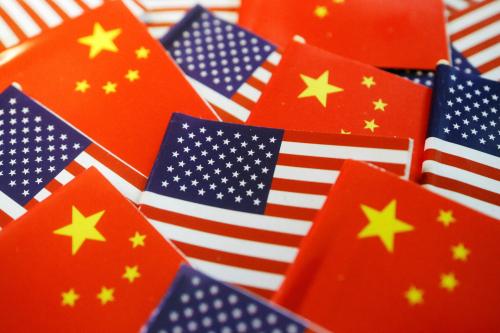
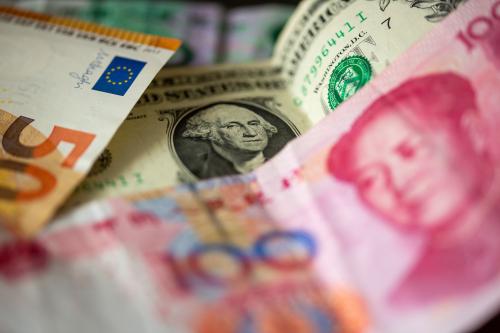
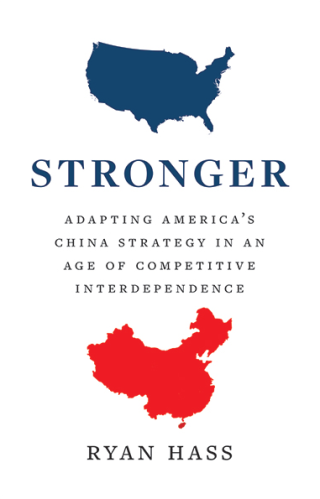
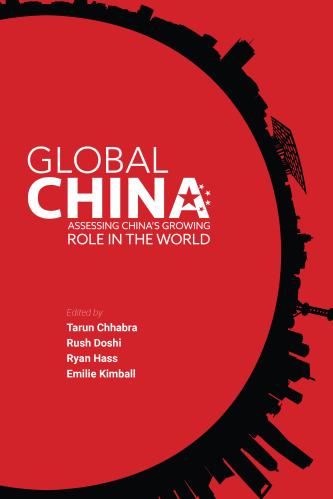
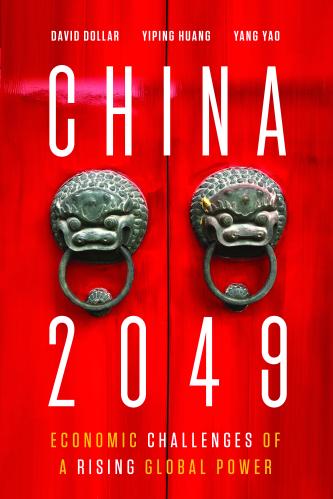




Commentary
Unpacking the Chinese readouts of Blinken’s meetings in Beijing
June 21, 2023